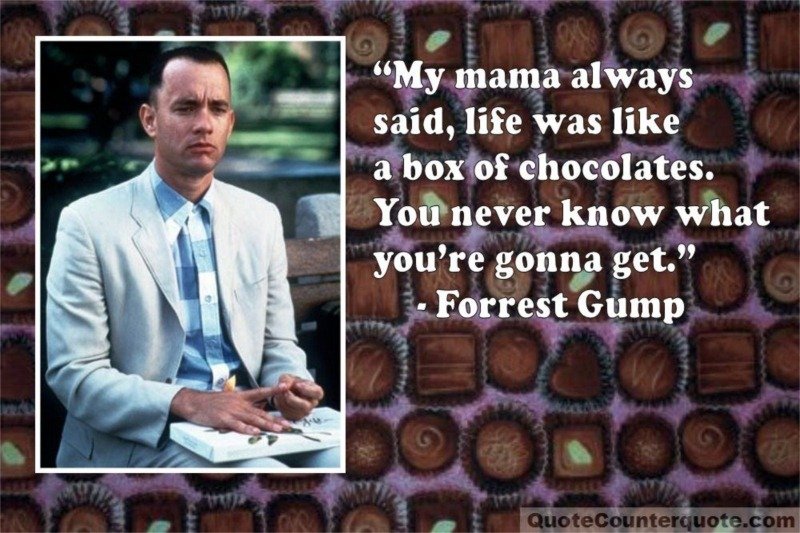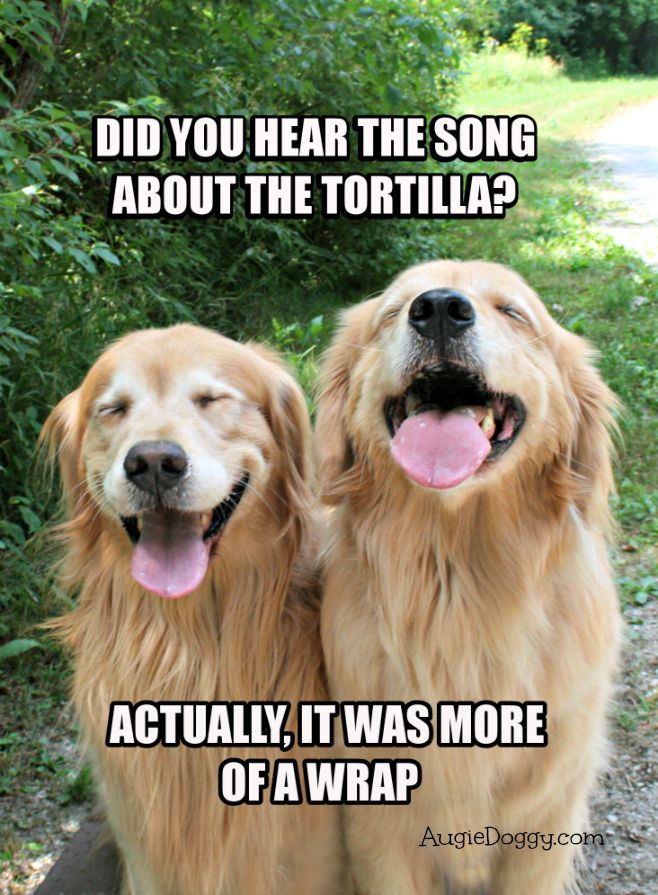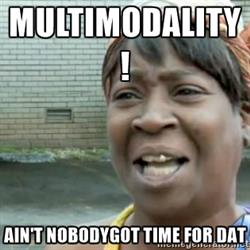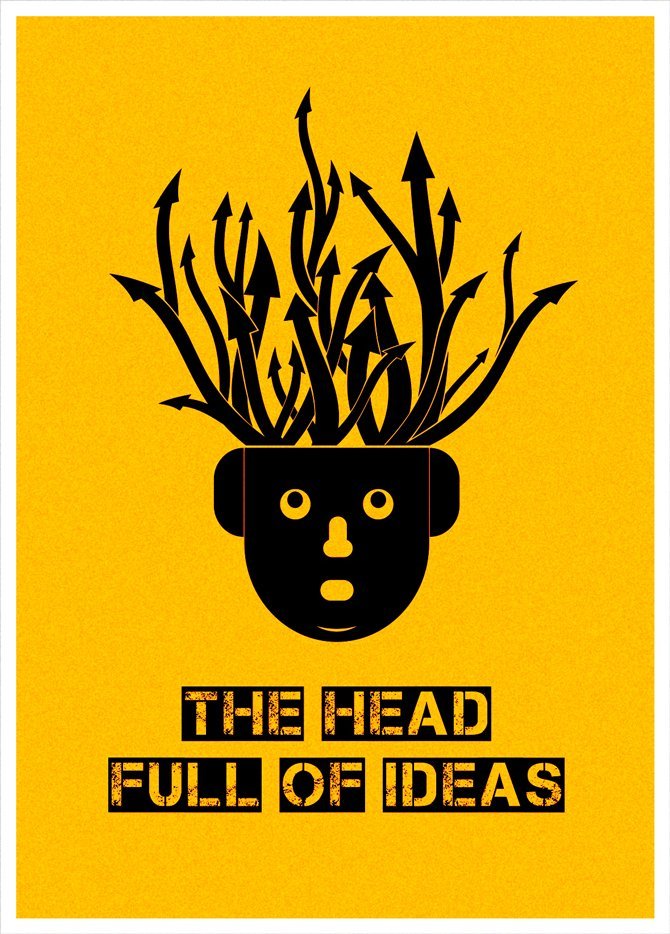



I have gone through so many ideas of things that I want to incorporate in my final project it’s getting to the point where I just need to write some of this shit out before my head explodes [in a good way] : ) I came to the conclusion I would like to create a project that is essentially me persuading myself and other future English 130I instructors to do an Inquiry Project, rather than doing an Inquiry Paper. From the beginning of thinking about what I may want to do for the actual project itself I have tried to come up with an idea of something involving baking and bringing treats for the entire class because it is just a great pick-me-up for May. The one idea I think would work best for all that I hope to do with this project is a bit weird but I think it could work.
I want to make a box with individual sections for different baked goods that can represent ideas in English 431 we have read and discussed, kind of like a box of chocolates. I was originally thinking I could do a piece of paper or cover sheet on the top that explains what each thing is and all the connections like a box of chocolates would have but thought there wouldn’t be enough room to do that on one piece of paper so I would need to have each baked good have it’s own piece of paper. However, now I am thinking I could do the longer explanations for each thing as a Google Doc or even create a website because my new plan is to have the website or Google Doc link somehow included on the box or cover sheet. One idea I have for a baked good I could use to represent an idea from the course is sweet energy balls that would represent Russell’s “Activity Theory” and the idea that there are varying forms of participation for every writing activity in 130.
Possible Timeline:
Monday, 4.17: Pass around a piece of paper in-class where my classmates can write if they have any dietary or allergy specific needs.
Friday, 4.21: Have a good list of the baked goods I am making and how they represent ideas and things I have learned in 431 that possibly convince me to use a multimodal project in English 130.
Monday, 4.24: The box should be finished by now so that I can focus on either the website or Google Doc I am using for the explanations. I was thinking of using the articles from 431 I actually printed out to decorate the outside of the box but I will also need to spruce it up somehow as well.
Friday, 5.5: All the explanations need to be finished by this date so I can begin baking.
Monday, 5.8: I think it would be best for me to present my project on Monday rather than Wednesday so that I can do my baking over the weekend and the goods will still be the yummiest they can be.

I decided to attempt to compose a Piktochart to answer questions and work with ideas for this week’s blog post because I had never heard of it and I am always interested in trying new things that as a bonus I can also possibly use as an instructor. Since interning in Kim’s Jumbo 130 course last spring I have been having an internal debate with myself about how I could implement a large multimodal project into my own class (rather than having students do an Inquiry Paper) and have been thinking about it a lot during these past couple weeks of readings and discussions in English 431. It may not look like it, but I spent a great deal of time playing with the ideas of Kress and Shipka and creating the Piktochart with these and my own thoughts concerning English 130 in mind!
https://magic.piktochart.com/output/21455911-multimodal-compositions

While thinking through the multimodal composing I have done for various classes I realized the vast amount of both digital and nondigital multimodal assignments I’ve been assigned; because of this, I am just going to discuss a couple of those assignments that I either enjoyed the most or was the most proud of with the end product. The first composition that came to mind was being tasked with creating a “Poem in a Box” for Modern Poetry. All of the examples and even the ideas of my classmates who I talked to about it were very artistic and creative. Even though I am someone who enjoys doing crafts and such, I am not particularly good with artsy so I went a different route with my Poem in a Box. I printed out lines from the poem I chose and then put images of symbols that represent my own personal connection to the poem on my box. I used Natalie Diaz’s poem “The Beauty of a Busted Fruit” so I also made gluten free brownie bites with little crushed maraschino cherries baked into each and put them in my box. At the end of presenting it I passed the brownies out individually to my classmates to represent the idea in the poem of how giving parts of yourself to others can make you “busted.”
The Poem in a Box assignment was doing quite a few things as a multimodal composition. The only parameters for the creation of the Poem in a Box was that students use one specific poem and have some sort of container involved, even using an actual box was not a requirement. When applying Kress’ ideas concerning multimodality to this assignment it is clear how important the use of meaning making is for the students themselves in the creation of the Poem in a Box. Students are then tasked with illustrating the meaning making they’ve made to others and showing how each component of the box is intentional, much like the intention Kress discusses in the video “What is Mode?” with the example of the BBC website and how the writing as well as the images on each page have a certain intention.
An example of a digital multimodal composition I have created for a class assignment is the website I created last semester in Laura Sparks’ Human Rights Rhetoric course and the many other things I ended up composing as a part of this project. Many people have probably heard me talk about this project before because for awhile there it took over many aspects of my life (including actual physical space in my house) and became much more than just a digital creation. The final project assignment for this course was even more open-ended than the Poem in a Box project I already discussed. The requirements for the Human Rights Rhetoric project were simply to create something to show what you have learned, what you are still questioning, and what conclusions you have come to concerning some aspect of human rights. While the actual proposal for the project was much more structured, the project itself could really be anything as long as students were able to explain in their proposal what work their project would be doing in the form it is in. As Kress states in the video “Why Adopt a Multimodal Approach?” learning is an on-going process and using a “multimodal lens gives you the ability to see more.” By being able to decide what we actual would compose, the Human Rights Rhetoric project was allowing us to inject our own identity and ideas into a formal project which would then create even more student investment in the project.
The final product of my Human Rights Rhetoric project is the website homelesswomensrights.wordpress.com that is also a platform for a Purse Project. Not only did I create the website itself but, after I presented my initial research at the EGSC Symposium in November, it was suggested that I make little pieces of paper about it and the Purse Project to leave in the women’s restroom, give out, and to give to others to pass out as well. At the time the final project for Human Rights Rhetoric was actually due I was still collecting feminine hygiene products and purses to donate to the Jesus Center in order for them to be distributed to homeless women in need so this ended up being the first class assignment I had continued once the actual class it was for was over. By the beginning of February I had collected 27 purses and over 400 hygiene items and decided to donate it all in time for women to receive them for Valentine’s Day (I know it is a little dorky but the lady at the Jesus Center at least agreed it was a cute idea). This amazing outcome for what began merely as a project for a class required me to make even further compositions. First, I would consider filling the purses and rationing out all the hygiene products as a creation of sorts. The pictures I set up, took, and ultimately downloaded to my website of all the filled purses is also a composition. Finally, I composed thank you cards for every woman who donated purses, hygiene items, or both. I think each of these examples of the many things I composed that had to do with my website and Purse Project would be what Kress terms a mode and it also shows how all these modes together further communicate meaning successfully than one mode would on its own.

I have so many ideas twirling around and bumping into each other in my head about what to do for the What I Know So Far Paper that I decided it would be best to write through some of my thoughts for this week’s blog post. I am hoping that by getting some of this shit out there and on the page about the course readings, my participation in English 30, and also my experiences with teaching English 130 as well as my future plans for the course I will have a better idea of what exactly I want to do for the paper. For this post I’m going to focus on some of the course readings, in part, because I have found it so interesting that for the readings I have already read prior to English 431 my takeaways and focus from when I first read them are so different. Additionally, this is something I have readily accessible because for the online readings I either copy and paste from the PDF or type out the quotes that I like or that struck me the most into a Google Doc so that I can go back and add a comment or two; this is also helpful because I have the page numbers to refer to while we are talking in-class and for writing later on.
While reading “1.0 Writing is a Social and Rhetorical Activity” by Kevin Roozen from Metaconcepts I starred and underlined quite a bit in this section that had to do with my experiences teaching English 130. One instance is when Roozen explains, “If teachers can help students consider their potential audiences and purposes, they can better help them understand what makes a text effective or not, what it accomplishes, and what it falls short of accomplishing,” I had written ‘“Backpacks vs. Briefcases’ with 130 class” in the margin. “Backpacks vs. Briefcases: Steps Toward Rhetorical Analysis” is a scholarly article written by Laura Bolin Carroll that explains the rhetoric which most people encounter everyday, most importantly the rhetoric that is used by the media. In the article Bolin Carroll also explains important rhetorical terms such as exigence, audience, and constraints. I had written about this article in the margins of “1.0 Writing is a Social and Rhetorical Activity” because I was surprised by how much connection and application my students discussed in-class when we talked about the Bolin Carroll article. This is one of the longer readings I have my students do for 130 so when it was first assigned last semester they were not thrilled, however, after reading it many students participated in an interesting class discussion that included them talking about the rhetoric in texts and other compositions that they see around them on an everyday basis. Although it was not required, many students also included discussing “Backpacks vs. Briefcases” in their blog posts that were due later in the week. The rhetorical awareness that Roozen discusses I likewise see at work in my English 30 internship. The annotations that 30 students must include in their ePortfolios is specifically asking them to reflect on audience, purpose, genre, and context for each of their 6 artifacts. In addition to the annotations students were also asked to create an “About Me and My Writing” page where they reflect on their artifacts as a whole and think about the changes, similarities, and/or progresses that they see in their writing. This page is further where students include their decision of whether or not they believe they will need assistance with English 130 in the Digital Studio; Professor Fosen and the mentors in English 30 then used the artifacts and student reflections to corroborate or contradict their decision concerning continuing mentorship in conjunction with their English 130 class.
This was my second time reading Russell’s “Activity Theory and Its Implications for Writing Instruction” and I had some very different ideas reading it two years after my first initial reading and after having some teaching experience. As an undergrad student, I was not a big fan of having to do blogs for some of my classes but especially those classes (not Kim’s classes!) in which I would have to do a certain amount of writing and extended thinking and then that professor would give barely a sentence of feedback, comments, or even an actual grade. However, as an instructor myself I realized that blogs are a great platform for lower stakes writing because of it being easily accessible to both myself and students to comment, students feeling more comfortable with this type of more informal writing, and because of the fact that I also became an advocate for the benefits of having FYC students create ePortfolios. Additionally, blogs as an early writing activity show students that the traditional outline is not the only option for writing out ideas and further questions for a larger writing assignment. Furthermore, Russell also explains what I hope students will learn about how to use the ways they participated in early writing through their blogs and the Inquiry Paper Proposal as showing that they will then be able to “master a new genre more quickly, since it is more likely that there will be some features of the new genre/activity that resemble features in a genre/activity one already knows” (11). Many courses that have a large paper or project due will have students write some type of a proposal, outline, or annotated bibliography before beginning the extensive paper or project. When I was first creating my syllabus and assignment sequence I was very torn about whether or not I should have students write an annotated bibliography using possible sources for their Inquiry Papers. After reading Russell’s article “Activity Theory and Its Implications for Writing Instruction” I feel much more confident in my decision that there was not enough time for my students to write an annotated bibliography and that the proposal, the in-class activities we do with their sources, and other early writing that they do for this large paper will allow them to be able to use these same “features” for the extensive papers that they will do in their other university courses.
I wrote a lot more than expected for each of these readings so I will leave it at that for now! : )